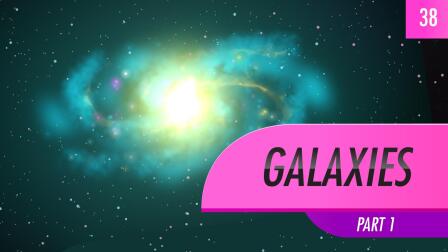Back to Show
Crash Course Astronomy
Stars: Crash Course Astronomy #26
Season 1
Episode 26
Today Phil's explaining the stars and how they can be categorized using their spectra. Together with their distance, this provides a wealth of information about them including their luminosity, size, and temperature. The HR diagram plots stars's luminosity versus temperature, and most stars fall along the main sequence, where they live most of their lives.
Support Provided By

11:09
Phil gives the course a send off with a look at some of his favorite topics.

15:00
Our Universe’s days are numbered.

12:21
Thanks to the wonders of physics, we can map a timeline of the universe’s history.

11:08
Most of the universe is made up of a mysterious entity that pervades space: dark energy.

13:09
Thanks to observations of galaxy redshifts, we can tell that the universe is EXPANDING!

11:45
Today on Crash Course Astronomy, Phil dives into some very dark matters.

13:51
The discovery of gamma-ray bursts is an epic story.

15:20
Active galaxies pour out lots of energy.

11:51
Galaxies contain gas, dust, and billions of stars or more.

10:59
Today we’re talking about our galactic neighborhood: The Milky Way.

12:01
Astronomers study a lot of things, but nebulae might be the most beautiful of them all.

10:21
Last week we covered multiple star systems, but what if we added thousands to the mix?











